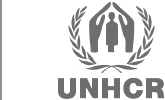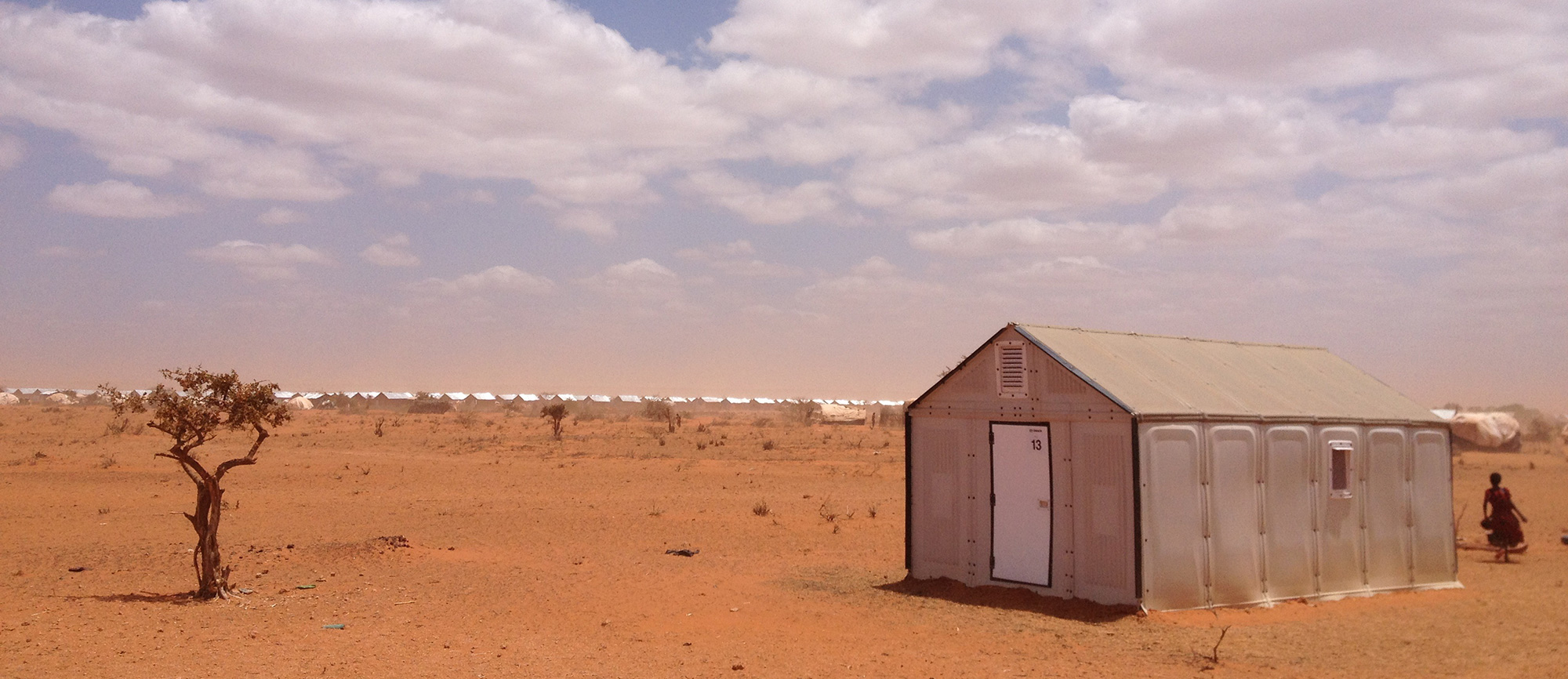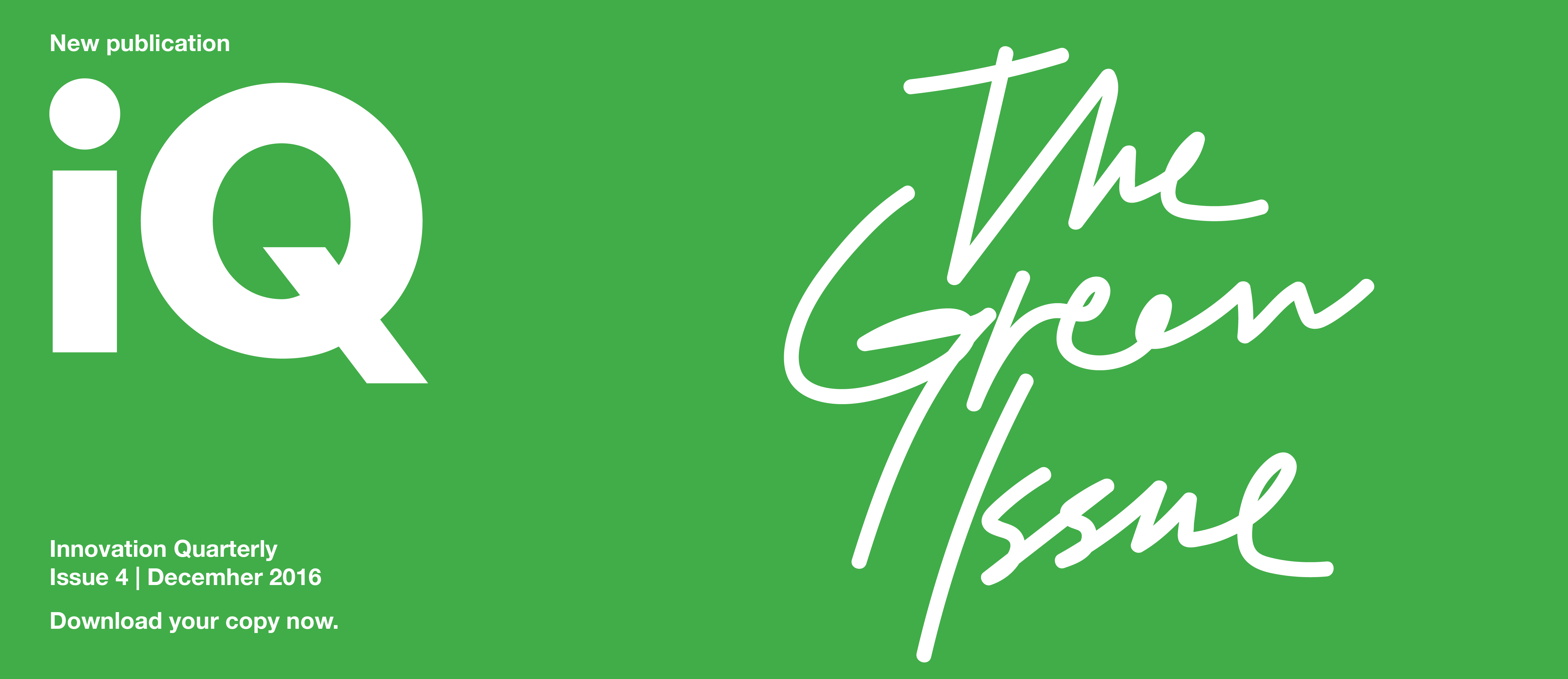This is an excerpt from UNHCR’s recently released report: Innovation at UNHCR 2014. This report highlights and showcases some of the innovative approaches the organization is taking to address complex refugee challenges.
Through the Home Lab, UNHCR Innovation and the Division of Program Support and Management’s Shelter and Settlements Section have collaborated in rolling out the Better Shelter project. We’ve learned several key lessons in rolling out this project.
Here are five of them:
Lesson 1:
The trajectory of the Better Shelter project – like any innovation project – is not a straight path. It’s more like entering a dark tunnel without knowing where the exit is.
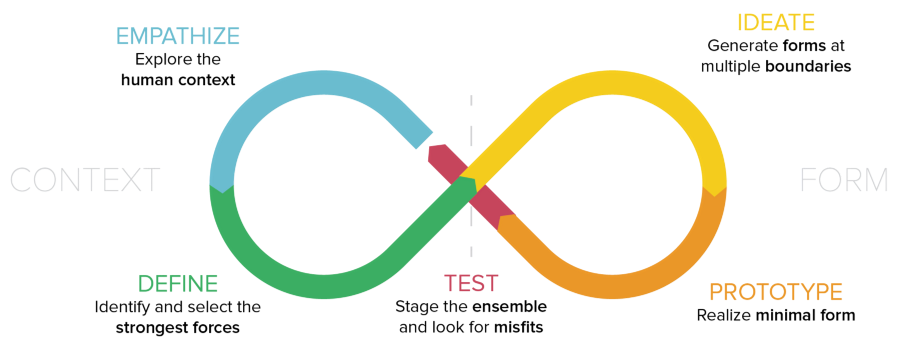
Lesson 2:
Innovation projects are more than an idea; they require action. We learned how to move fast and convert the idea to a practical solution.
Lesson 3:
The Better Shelter innovation project was a Research and Development project with an invisible future. We believed that even in the case of a failure, that failure is a success.
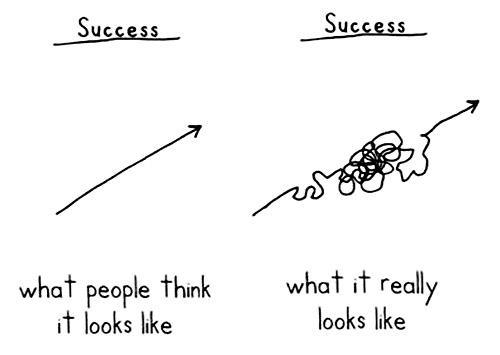
Lesson 4:
The engagement of the refugees/beneficiaries in the Better Shelter project design and test was a main success factor for the project.
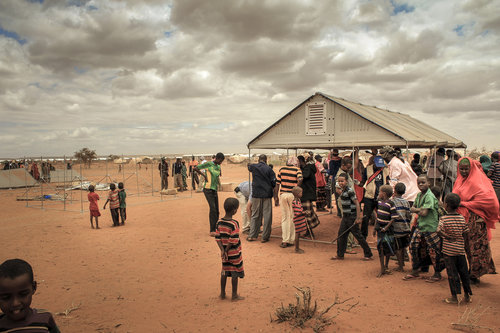
Lesson 5:
The need for dignified shelter, UNHCR’s protection mandate, and engagement of the UNHCR Headquarters and field staff were a necessary part of learning and the pursuit of project excellence.

Photo and Video credit: Better Shelter
We’re always looking for great stories, ideas, and opinions on innovations that are led by or create impact for refugees. If you have one to share with us send us an email at innovation@unhcr.org
If you’d like to repost this article on your website, please see our reposting policy.





